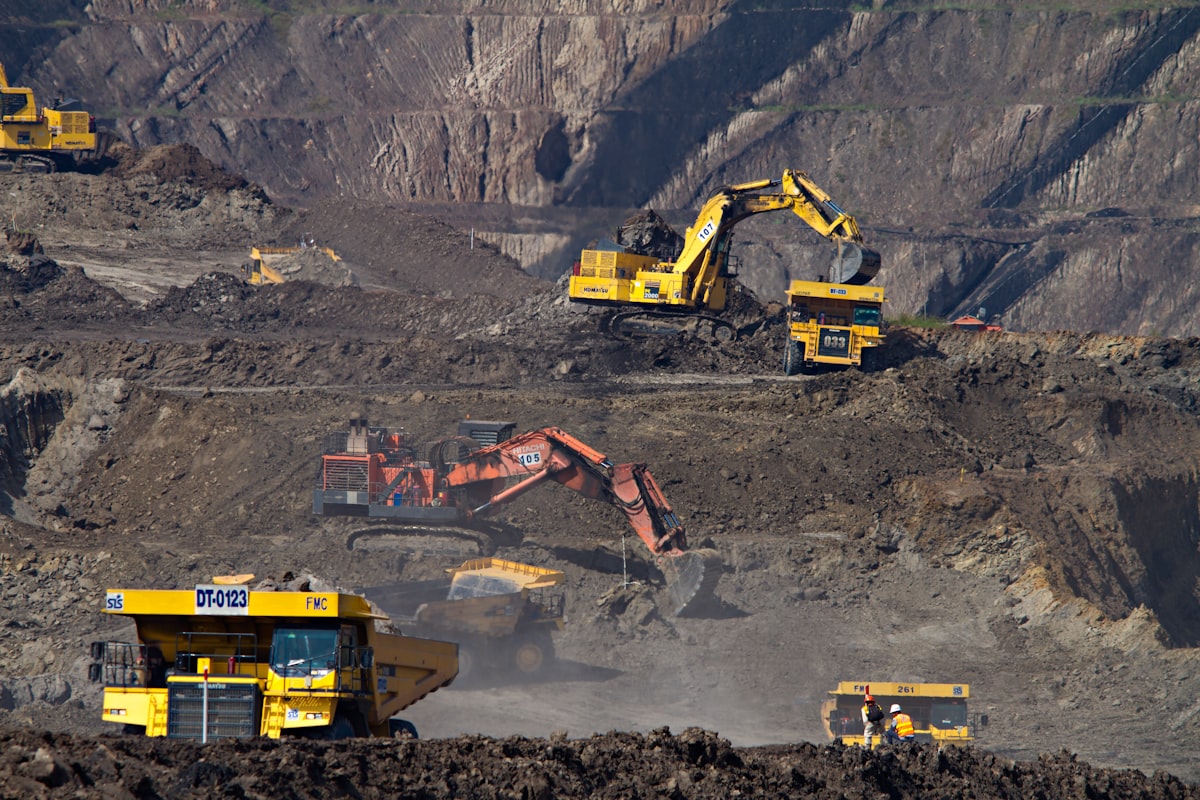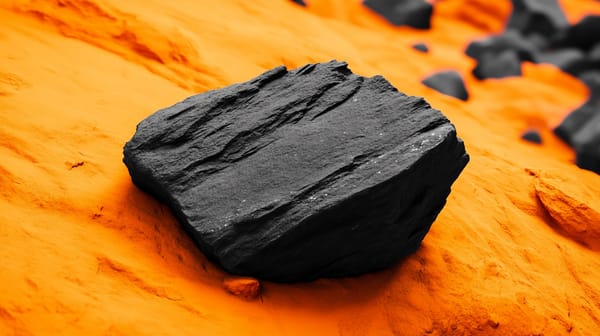How To Find The Next Promising Cryptocurrency To Mine With Accessible Hardware

Cryptocurrency mining is a fascinating yet also complex procedure today. Growing energy consumption concerns will give rise to alternative solutions capable of bringing value to the community. Focusing on low-energy devices to help generate new coins and achieve network security will quickly become the new paradigm.
The Evolution of Cryptocurrency Mining
Whereas most public blockchains require specific hardware or expensive graphics cards to mine assets, that situation may not be sustainable much longer. Growing concerns over the energy consumption of this mining process have cast a dark shadow over this prospect. That doesn't mean crypto mining needs to go away, but it is time to evolve this concept. Focusing on low-key mining - or an alternative spin on this entire concept can help set new projects apart from the competition.
Finding the next cryptocurrency worth mining can be a bit challenging these days. Not everyone wants to invest thousands of dollars into graphics cards or ASIC mining hardware. There is never a guarantee of recuperating one's investment either, creating a rather problematic scenario for those who do so. However, everyone has access to low-power devices, such as smartphones and tablets, all of which are theoretically capable of mining cryptocurrencies.
Exploring Different Approaches
Several crypto projects introduce new consensus algorithms to make cryptocurrency mining more accessible. For Chia, the goal is to introduce 'farming" over traditional mining, resulting in a fair and eco-friendly blockchain that leverages empty hard disk space. As virtually every computer, smartphone, tablet, or laptop in the world has unused hard disk space; the team aims to achieve a high degree of decentralization. More importantly, it is a far more approachable method of mining cryptocurrency without spending an arm and a leg.
One can find a different take with Utopia, a cryptocurrency ecosystem with a native Utopia mining bot to generate the Crypton currency. Unlike what the name suggests, the mining bot doesn't require specific hardware to run. It is a separate application that provides confidentiality to network transactions for which providers receive rewards. As this application is not included in the core Utopia software, users who opt for mining Crypton have to decide consciously. It is an unusual way of empowering community members, although one that promotes decentralization.
Even among major public blockchains, there is a shift toward alternative options. Cardano recently introduced proof-of-stake support, making it more energy-efficient than competing blockchains sticking with proof-of-Work. Users who hold ADA for more extended periods will receive rewards, resulting in a yearly energy draw of 6 Gwh, which is a minor fraction of Bitcoin's consumption.
Closing Thoughts
The appeal of Proof-of-Work remains tangible for those who have money to burn and are willing to risk making such a big upfront investment. For regular consumers, mining Bitcoin and Ethereum has become too expensive, forcing them to look at other options. As more projects provide these alternatives, an exciting situation is created. Leveraging the unused resources virtually everyone has access to paves the way for broader mainstream adoption of cryptocurrencies.
It is pertinent for the crypto industry to cater to the needs of the many, rather than stick to the current group of enthusiasts. While most people see these assets as speculative in nature, the underpinning technology has the power to transform society for the better. Exploring alternative ways to reward users with cryptocurrency in exchange for services rendered puts a unique spin on crypto mining. No one ever said mining should only be possible with dedicated and expensive hardware, as there are many other options to explore.




